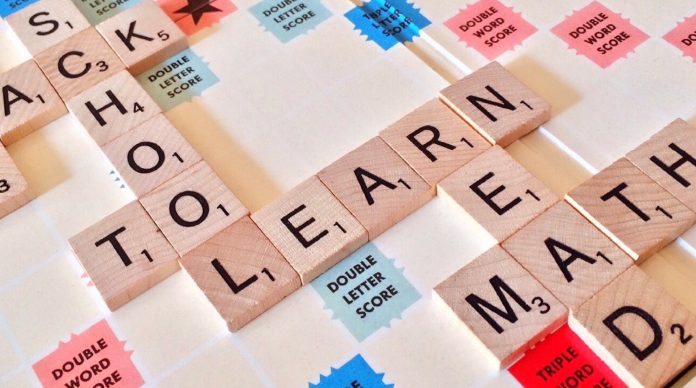
The beauty of current trends in learning is that schools, businesses, and people now understand that everyone is different. Teachers often teach in a singular way which tends to benefit some students more than others, but this is changing. Everyone is unique and different, and their learning styles can vary.
Some people need a combination of learning styles, and some people like to learn one way in particular. However, if you take 30 different students or adults, you will find each person will learn and use the material taught to them in very different ways. Some people learn with a combination of these learning styles, and some learn only a certain way. Understanding your own learning style and others helps in school, relationships with others, and in a career.
Verbal Learner:
These learners enjoy listening to someone or hearing the topic taught to them. They are more auditory learners but tend to learn best directly from a person.
Auditory Learner:
Auditory learner includes someone who enjoys being spoken to about the topic but also enjoys hearing the topic, not necessarily given by a visual person. Sometimes that is through audio listening. They are capable of learning well off of recordings and videos.
Musical Learner:
Along with auditory learners, there are musical learners. This can be very important in the younger age of children. People can recall items easier when put to music. Music activates a part of our brain that helps us remember and recall. Adding music to a study guide or topic can help anyone at any age recall the information they need to know. Most people still recite songs from their childhood that helped with learning.
Visual Learner:
These learners do best if they read a topic and see the words or they look at images. Those images may be in a book, on a screen, or drawn on a board. Knowing if you learn visually helps in the younger years of learning and as a person heads into their career. Visual learners do well with graphs, charts, maps, and diagrams to help with information. These types of learners also can recall physical words that they may have written down on a paper or read from a book. They perhaps see images as they are learning to read and picture the word as an image in their minds. When doing a craft project, they may like to look at the task and not always read the directions first.
Mathematical/Logical Learner:
These learners like to analyze data and have a system and process for explaining the data. They are good with patterns and enjoy mathematical equations. They find there is always logical reasoning behind everyday problems. They also enjoy using physics and are great with computer programming.
Physical (Kinesthetic) Learner:
Babies are all naturally physical learners. They have to touch objects to understand cause and effect. They have to feel objects to create those synapses in their brains. Humans are typically physical learners, and adding physical learning to any subject will help the mind learn and understand a topic better. Using our bodies to connect with the world around us helps us understand the world better. These types of learners don’t sit in lectures well and need to be out moving and physically touching something to learn. In childhood education, doing crafts about a subject helps these students solidify the topic.
Social Learner:
In childhood, kids learn well from others in certain situations. Social learners love learning with others and working in teams. They would rather spend time with others than by themselves. They enjoy listening to others and observing others.
Solitary Learner:
This type of learner enjoys learning on their own. They are self-motivated and do tasks best by themselves. They like to study in quiet environments and are comfortable being alone.


















